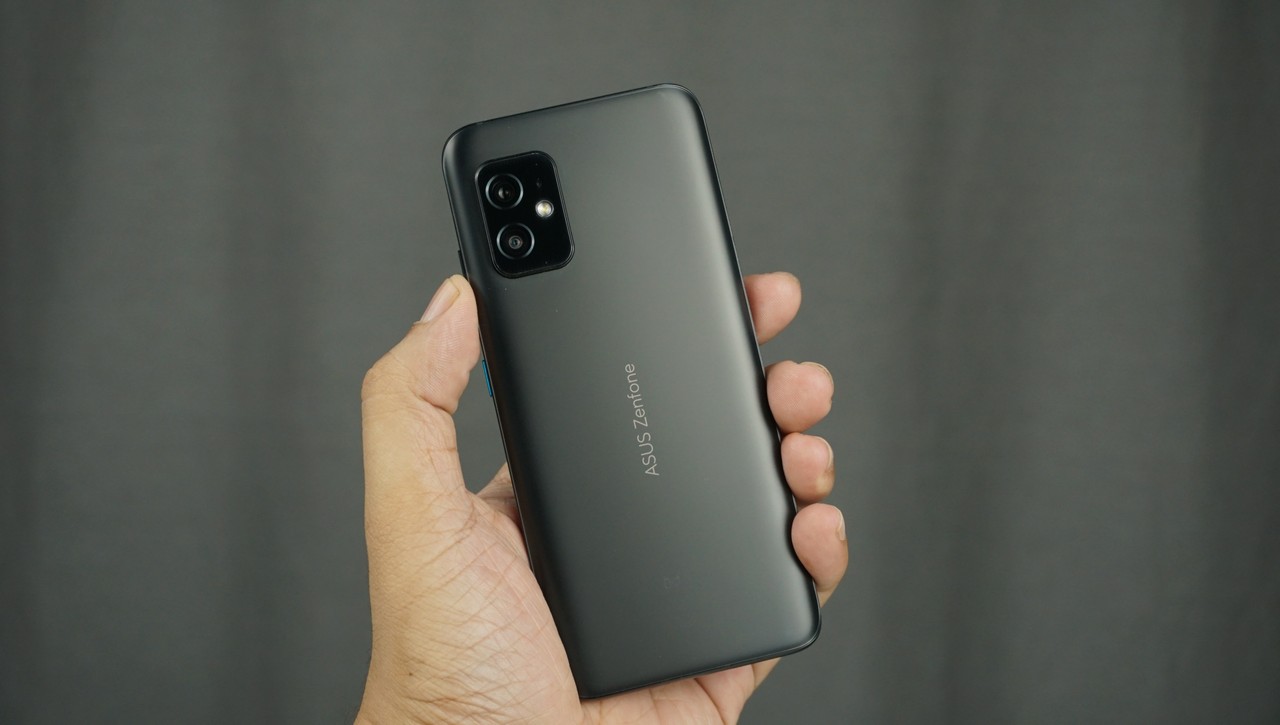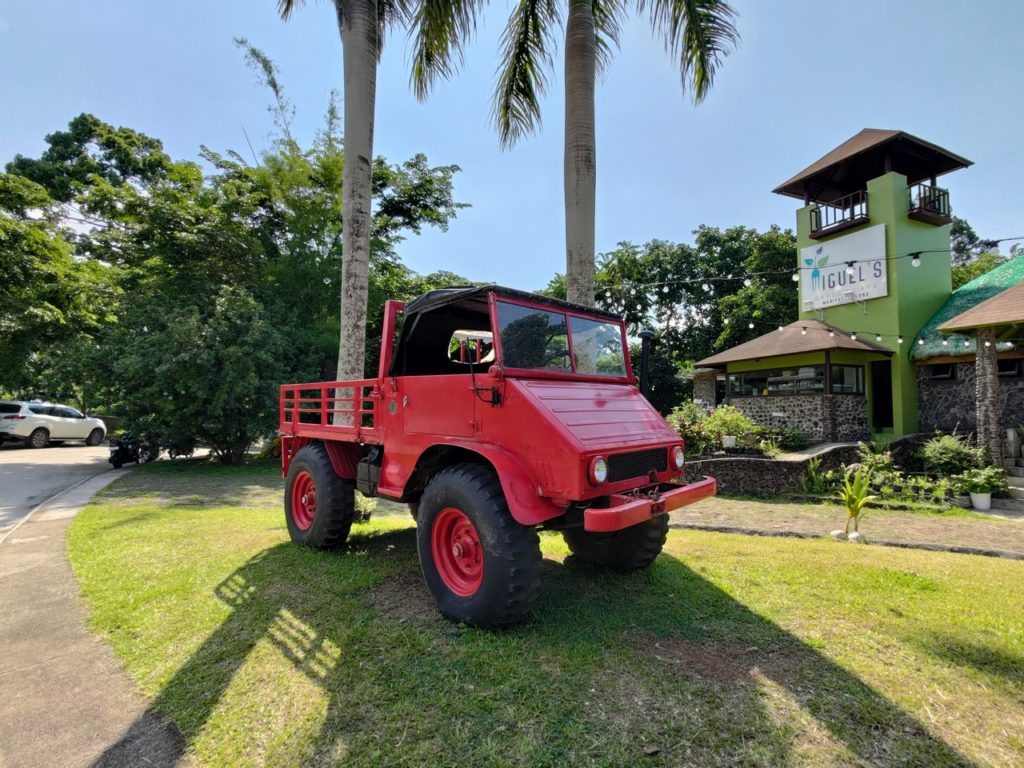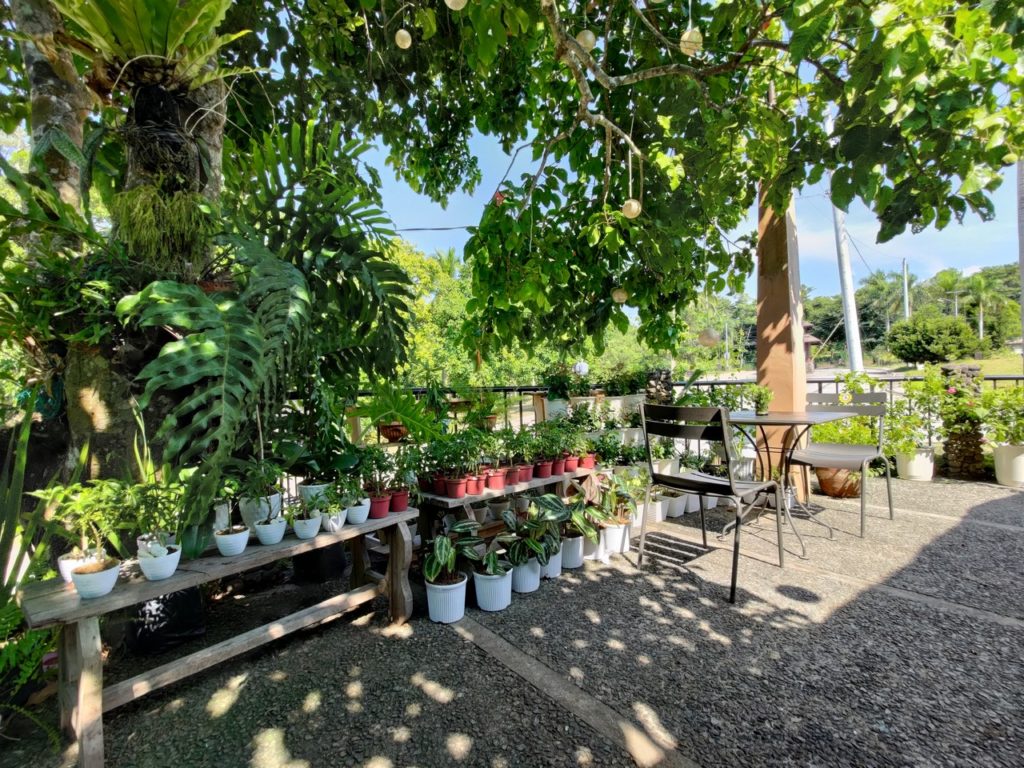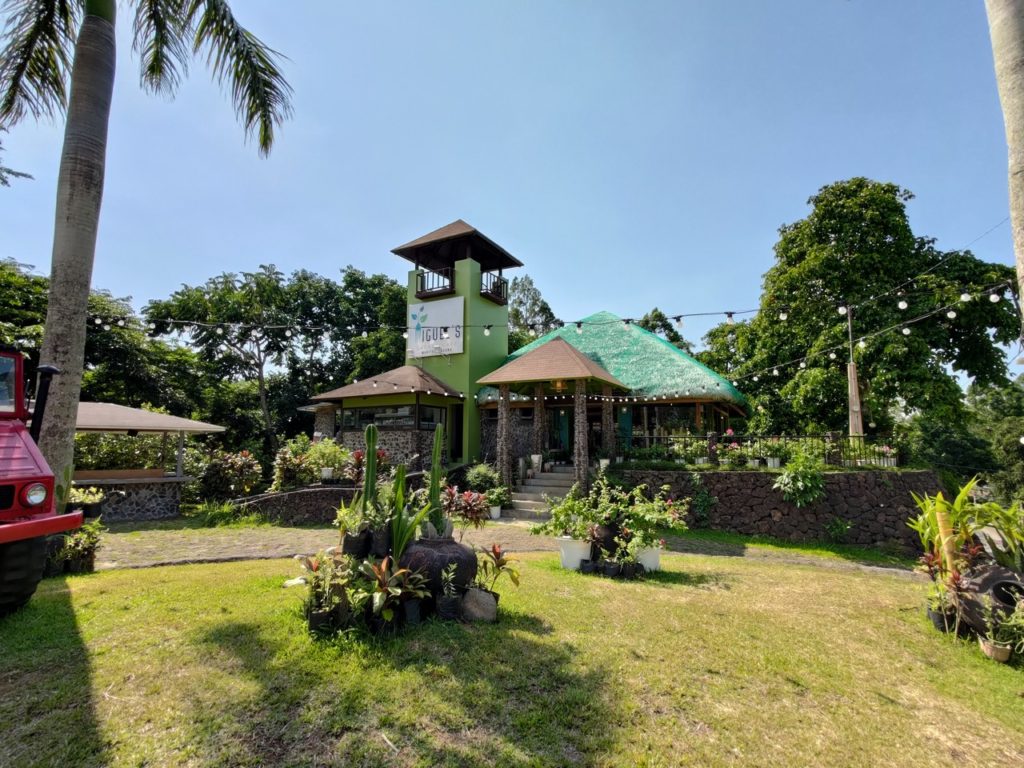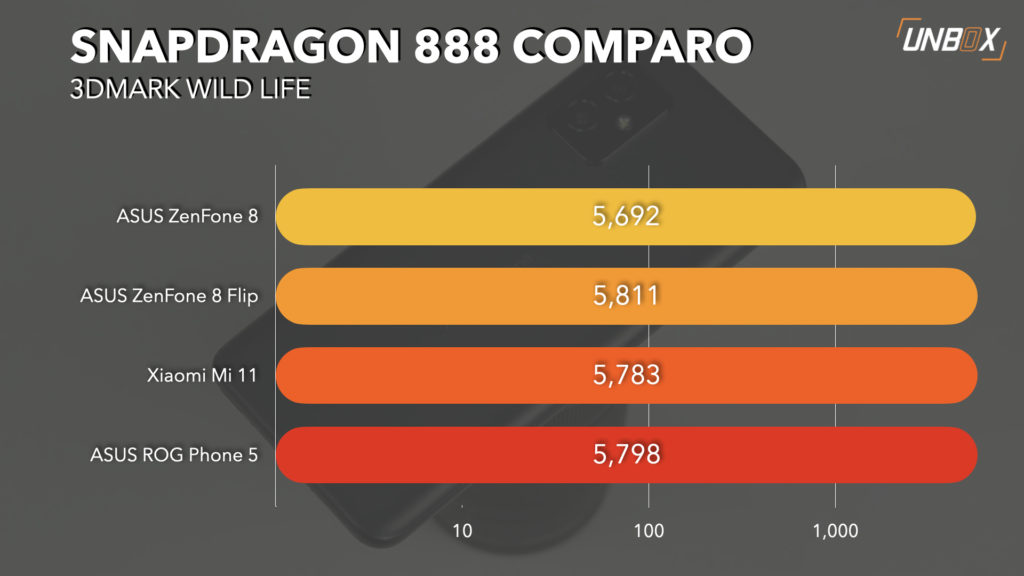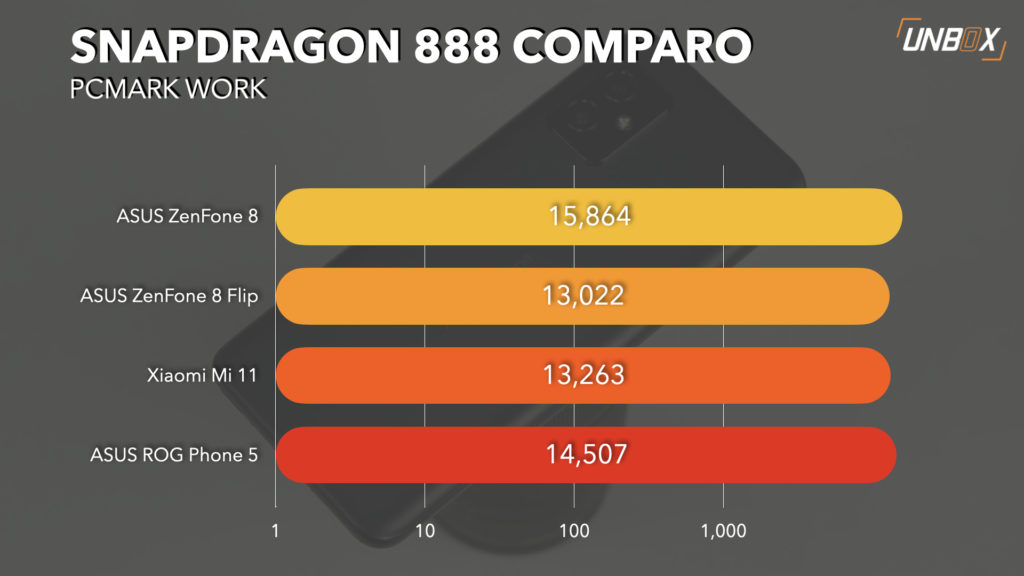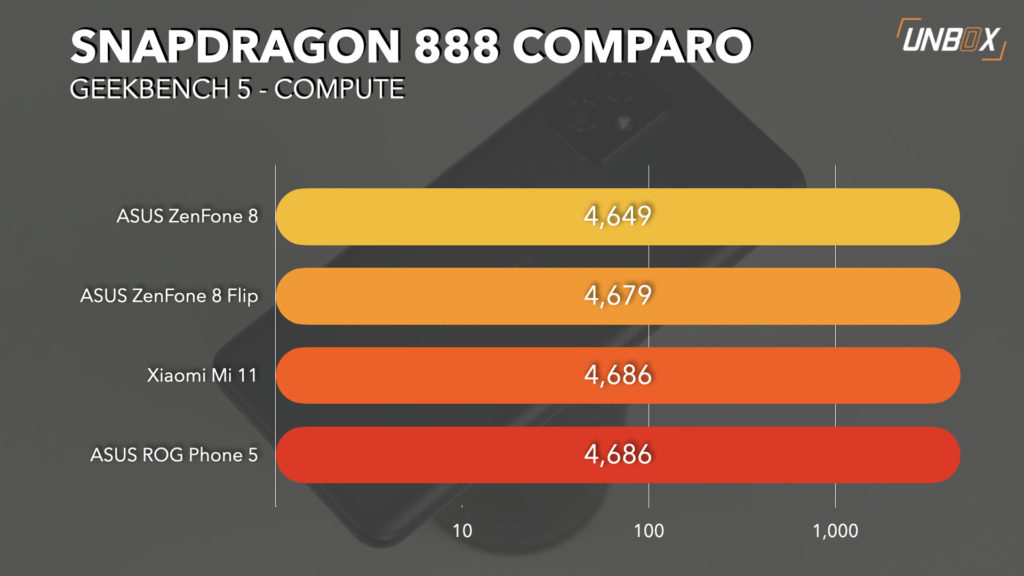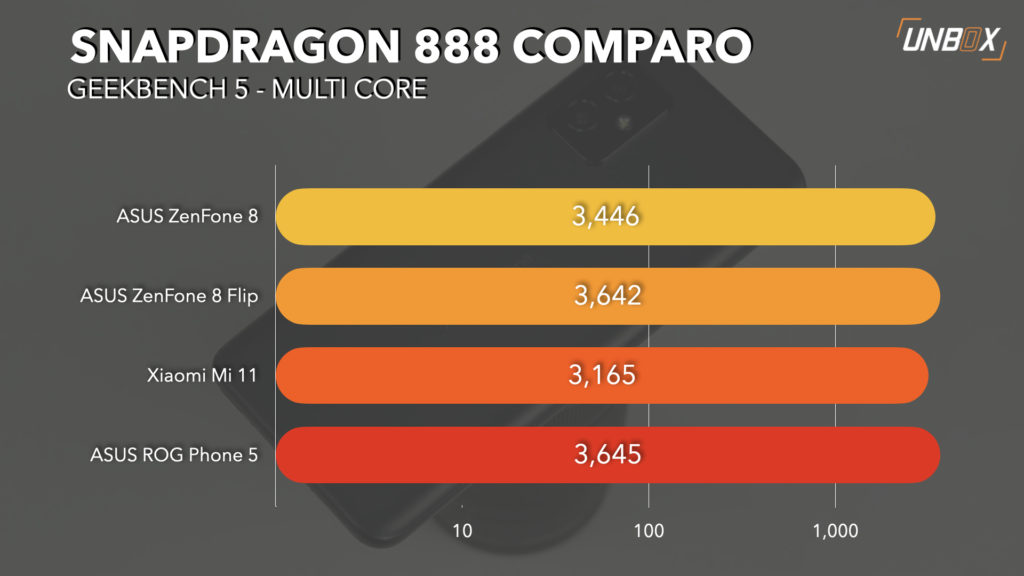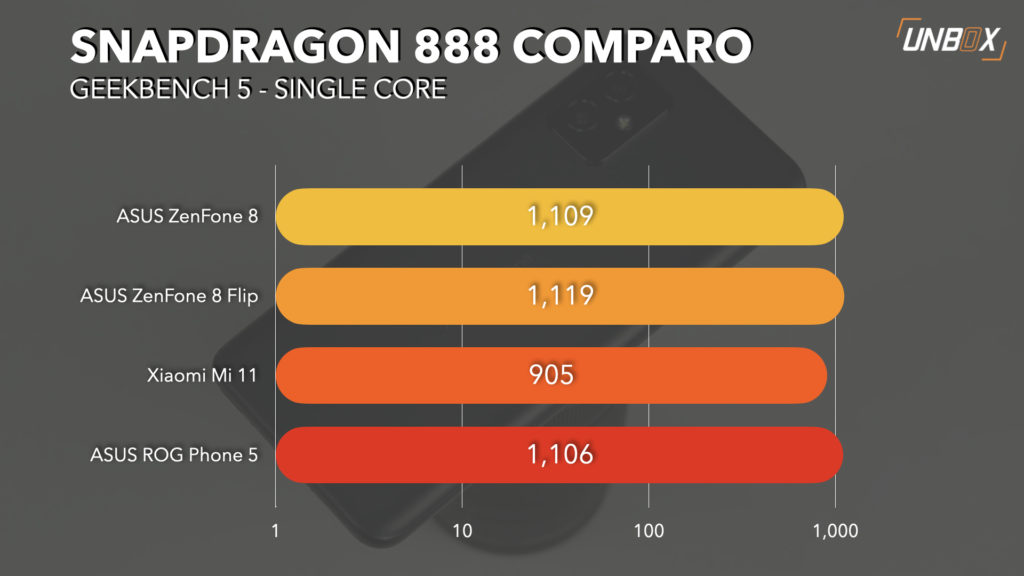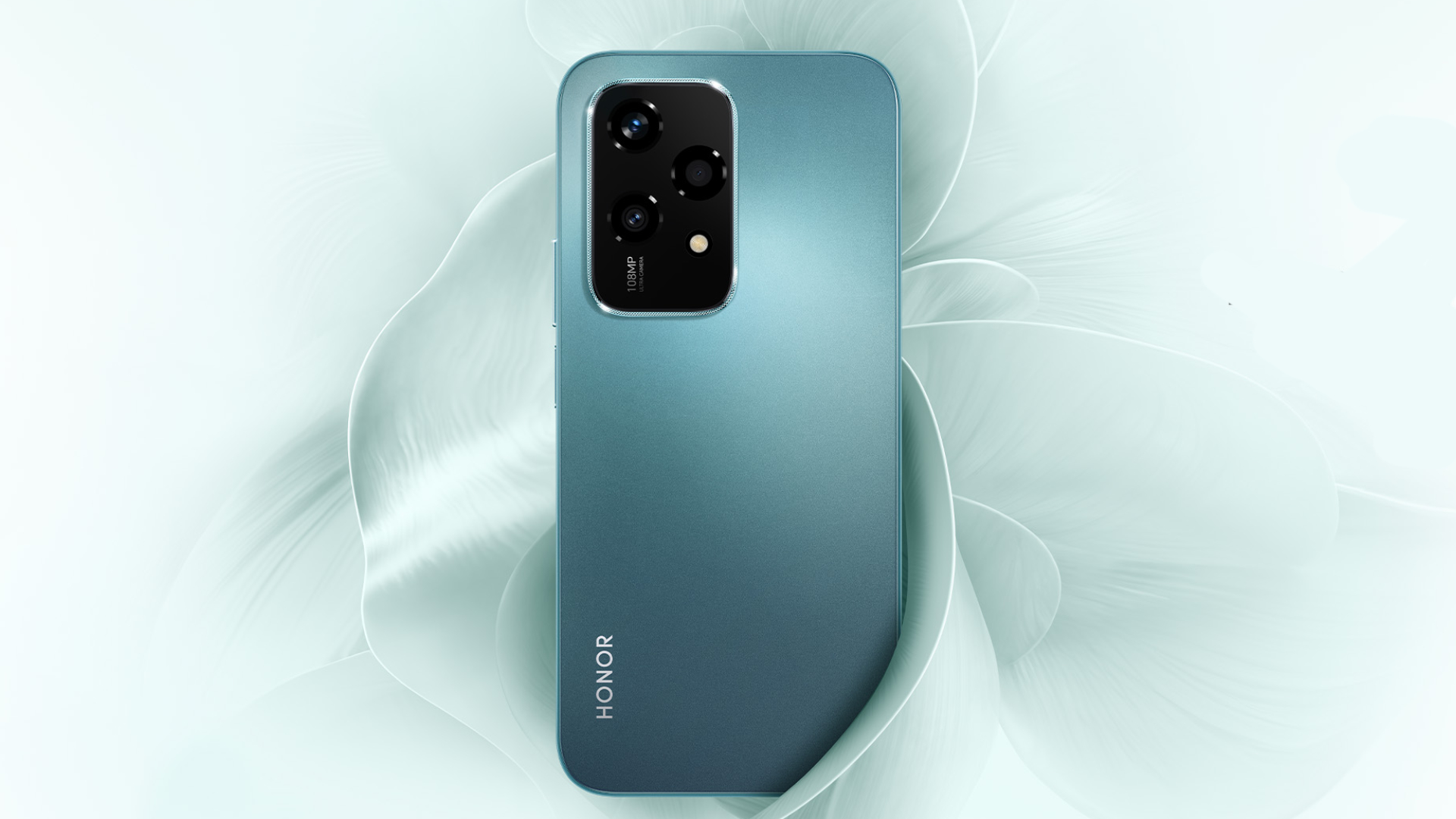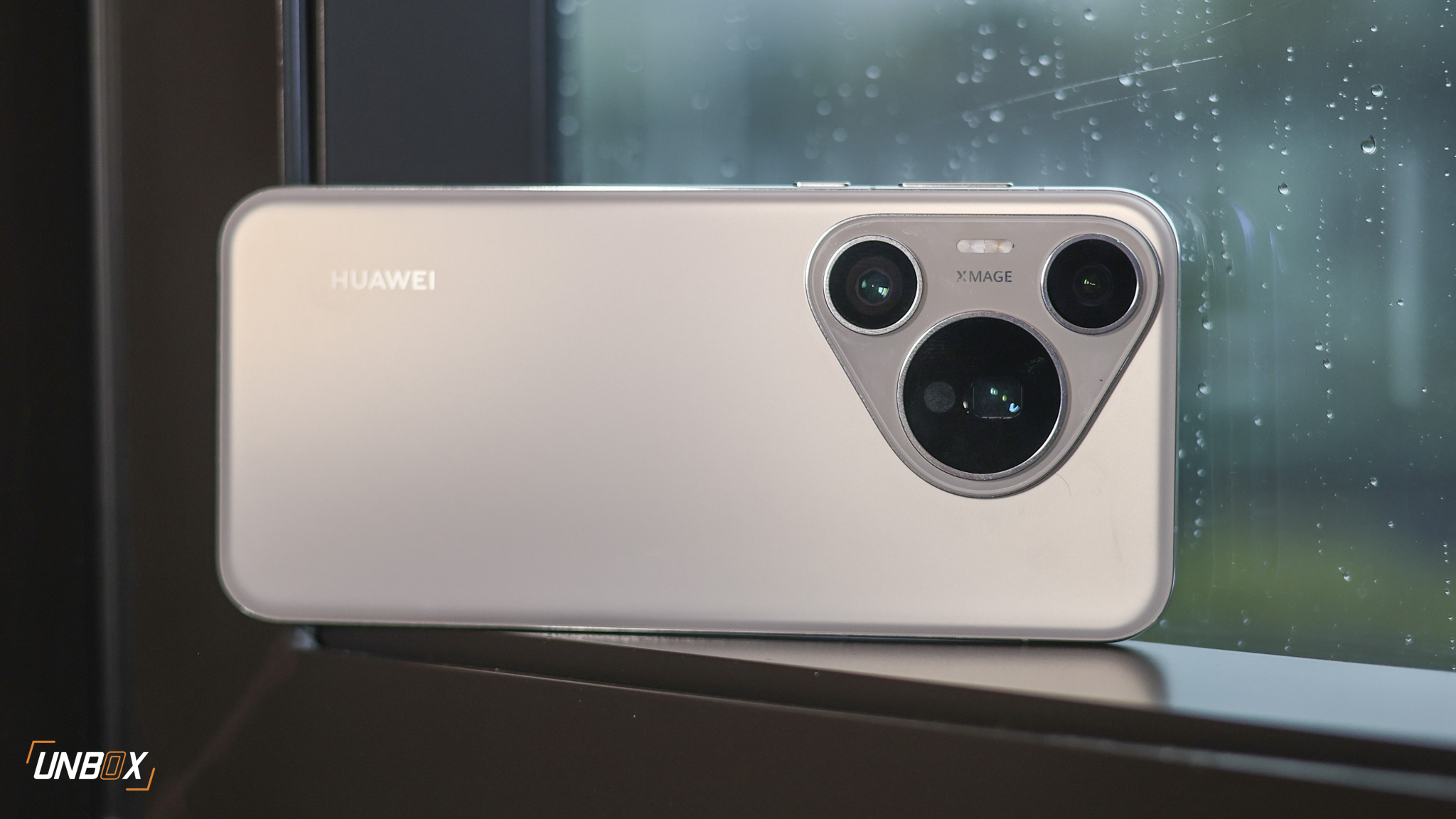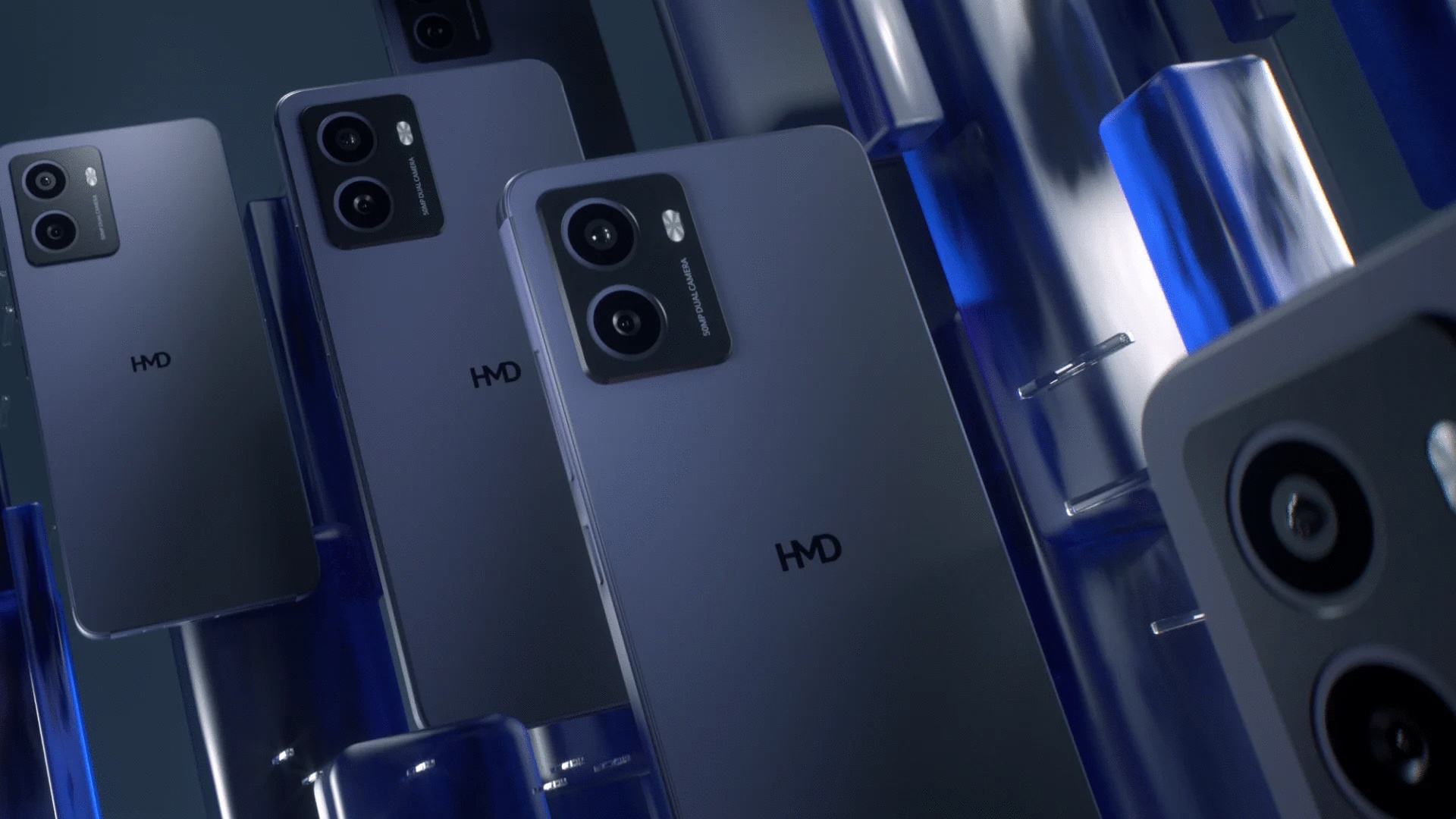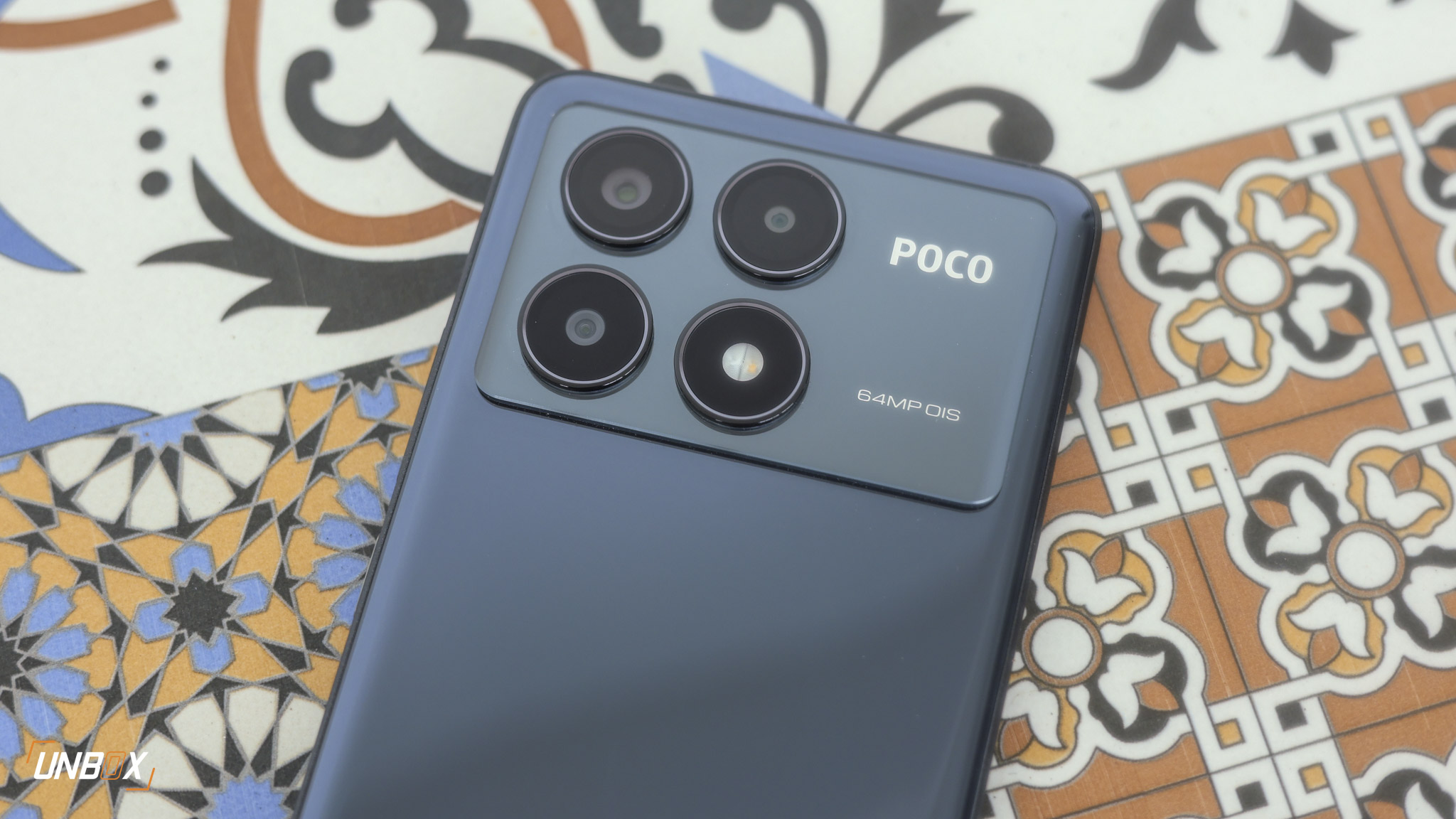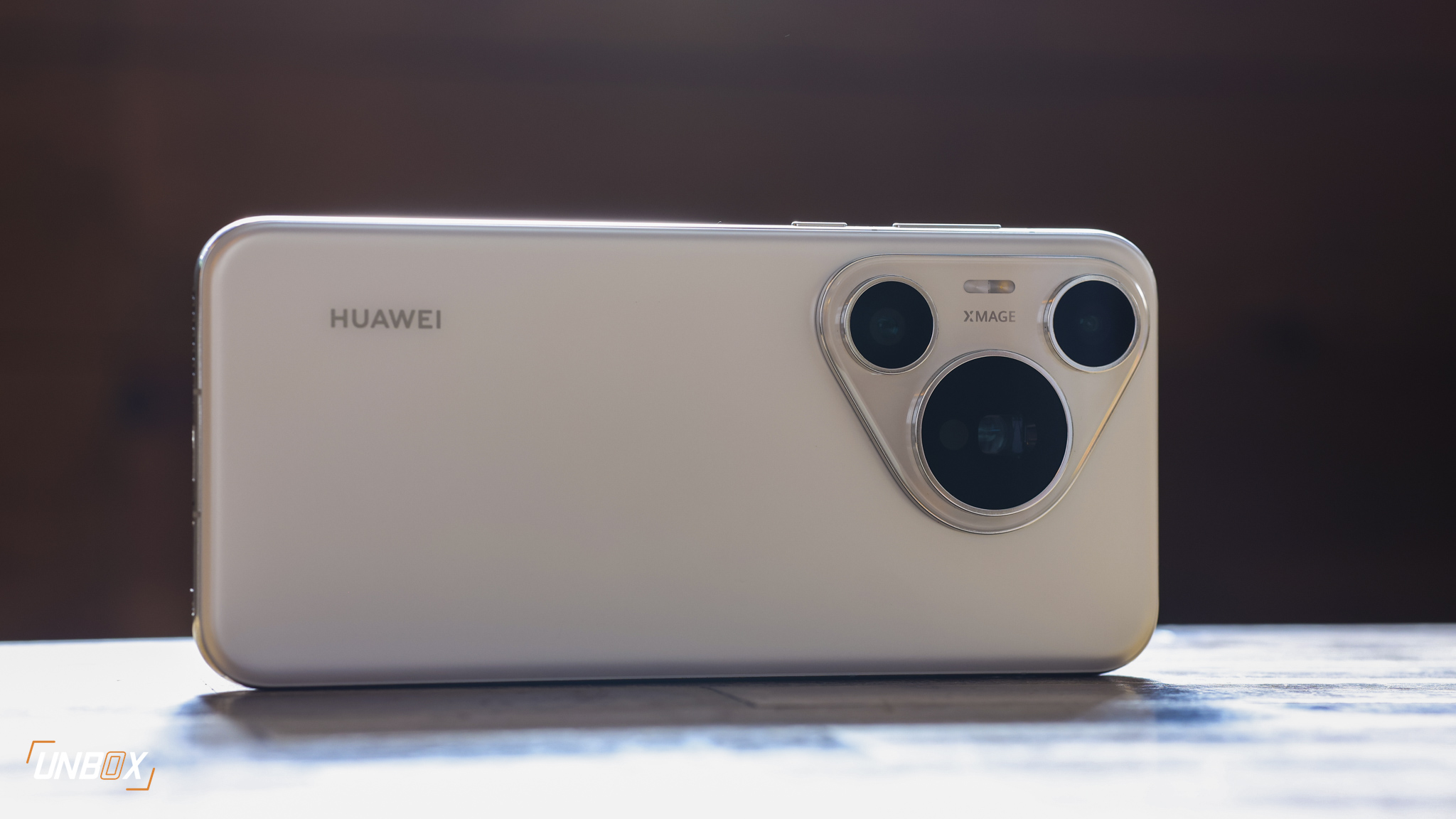Review verdict: We never knew how much we missed small flagships until we started using the ASUS ZenFone 8 in the Philippines again. It might be small, but it’s a full-fledged top-end flagship that’s memorable for all the right reasons
Pros
- The small size makes it easier to use one-handed
- As powerful as full-sized flagships today
- Relatively affordable price
Cons
- No telephoto camera
- Mediocre battery life
ASUS ZenFone 8 Specs:
- Snapdragon 888 processor
- 8GB/12GB LPDDR5 RAM
- 128GB/256GB UFS 3.1 storage
- 5.9-inch Full HD+ AMOLED display, 120hz refresh rate, 1ms response rate
- 64-megapixel f/1.8 IMX 686 main camera with OIS and PDAF, 12-megapixel f/2.2 IMX 363 ultra-wide-angle camera
- 12-megapixel IMX 663 selfie camera with Dual PDAF
- 4G, 5G
- WiFi 6e, Bluetooth 5.2, in-display fingerprint scanner
- Stereo speakers, Cirrus Logic DAC, IP68 rating
- 4000mAh battery
- 30w fast charging
- Android 11
We haven’t really gotten the chance to review a small flagship in the Philippines before the ASUS ZenFone 8 showed up on our doorstep. It’s a shame too, because there’s certainly a market for smaller phones, especially flagships, in the Philippines. And despite its size, the ZenFone 8 is probably one of the better phones you can get in the country today. Let us explain:
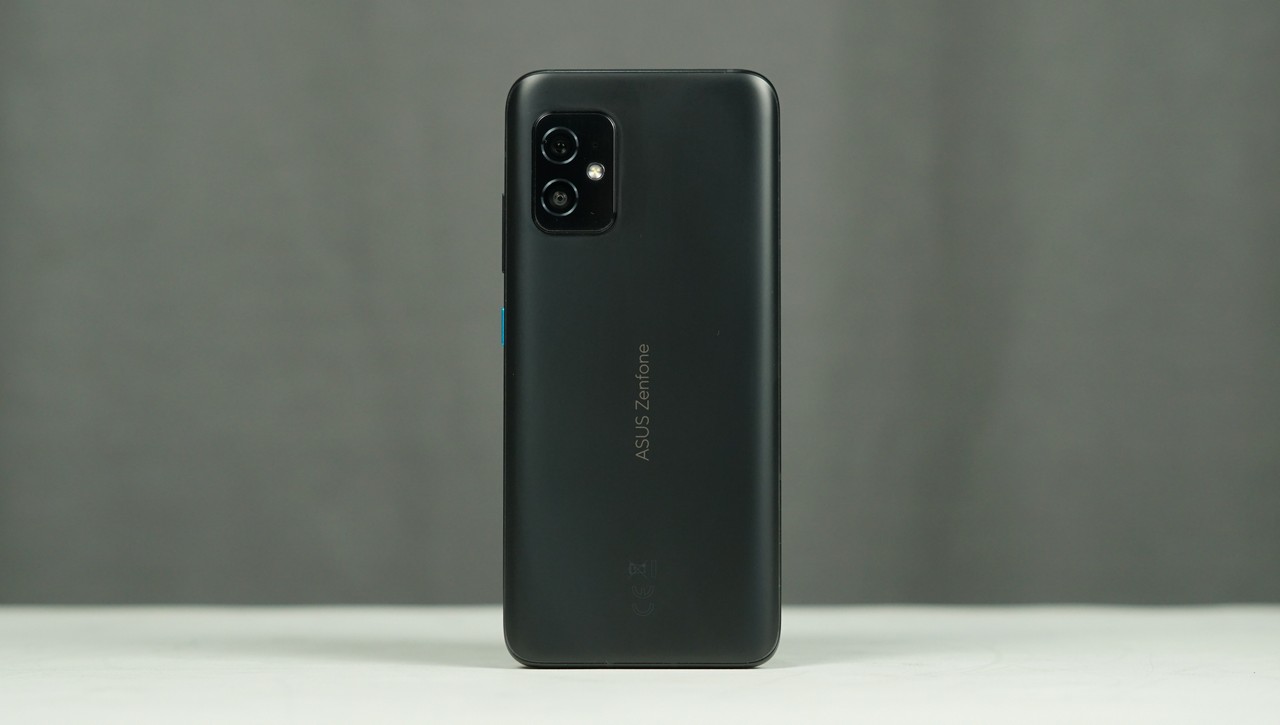
Design
ASUS decided to streamline their 2021 flagship offering into two models: the bigger, full-sized ZenFone 8 Flip, and the smaller, more compact ZenFone 8. It’s a surprising move for sure (since we all expected three phones to come out of the Taiwanese brand’s factories this year) but one that may ultimately work out for them in the end.
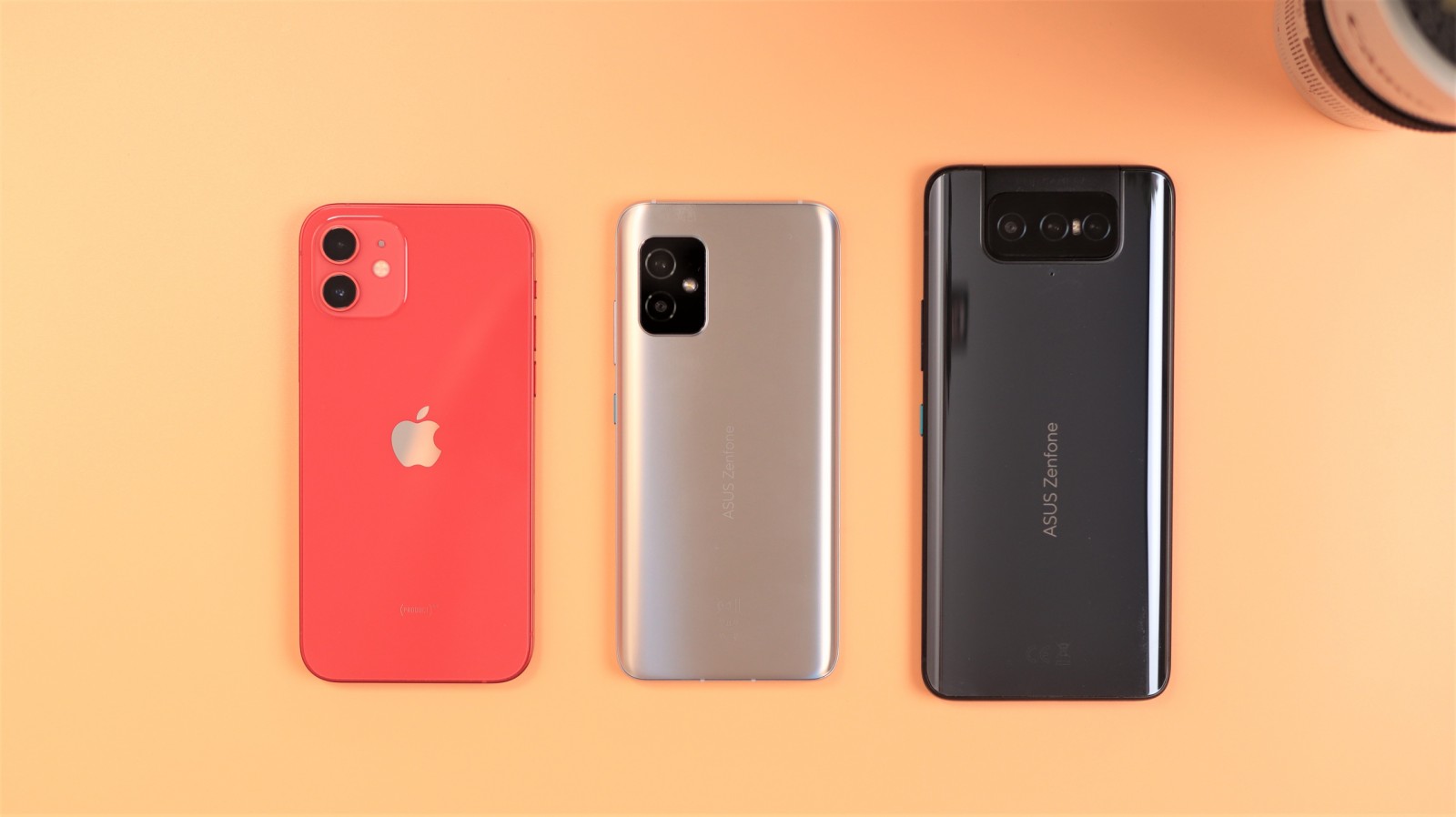
As for the ZenFone 8 itself, it’s considerably more compact than the ZenFone 8 Flip. Overall dimensions are 148 x 68.5 x 8.9mm, putting it in the same size category as the iPhone 12 Mini, which is its direct competitor.
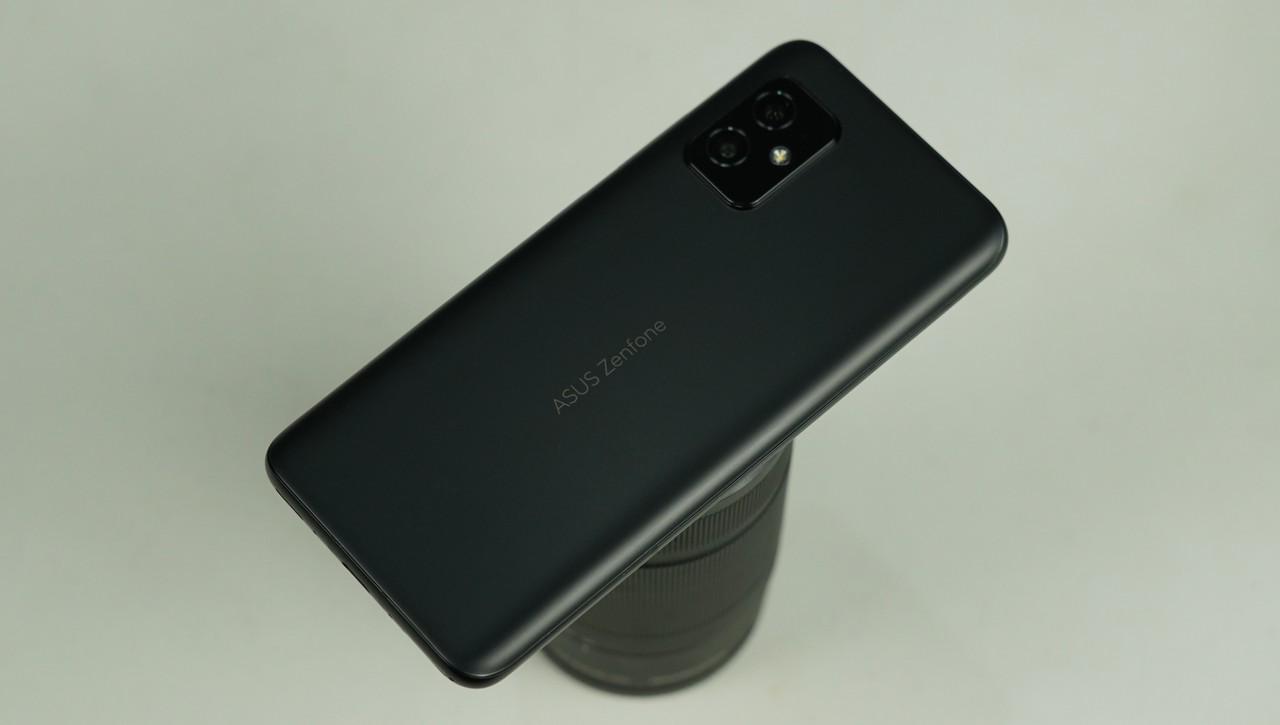
Because of its smaller size, the ZenFone 8 feels more comfortable to hold in the hand than its full-sized sibling. The phone uses a smooth matte glass back with the camera module tucked neatly in the upper left side of the rear. The phone also utilizes a metal frame with rounded corners for rigidity.
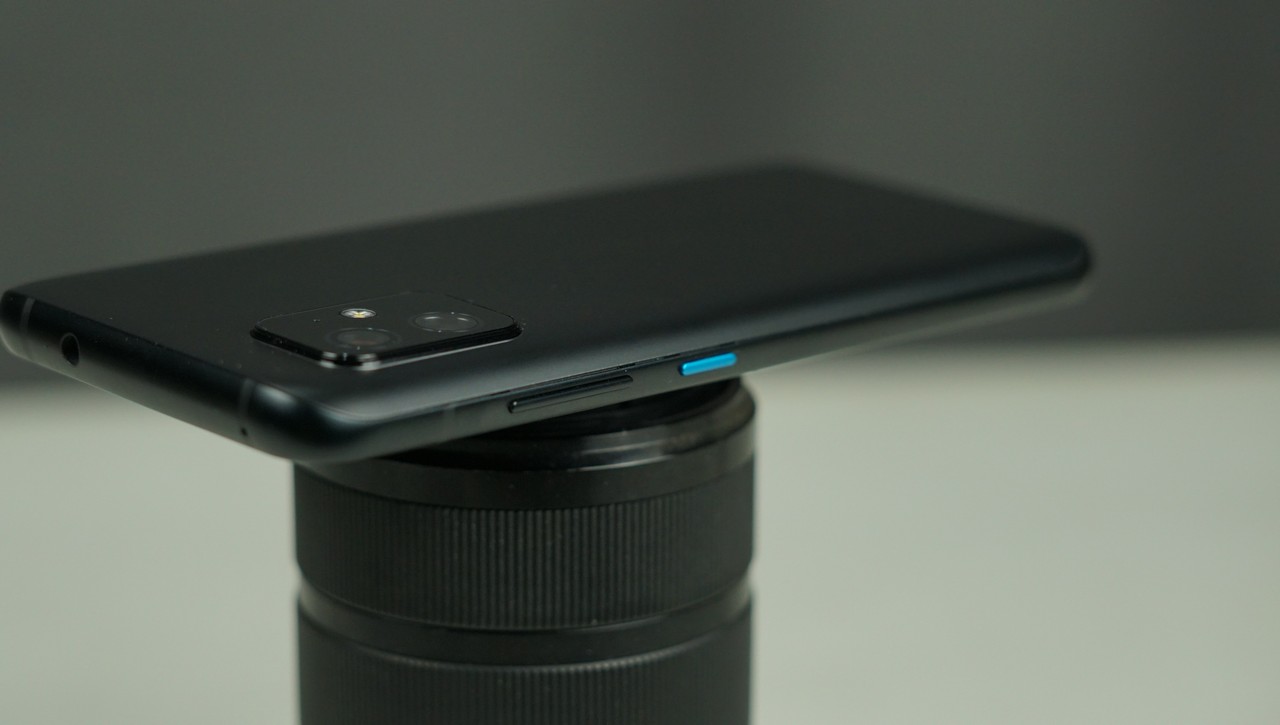
The power and volume buttons are located on the right side (with the former color-blocked blue), while the Type-C port and SIM slot are located on the bottom. There are two speaker grilles – one on the bottom and one on the top – and surprisingly the phone rocks a 3.5mm jack on the top, something that’s sorely missing from most flagships today.
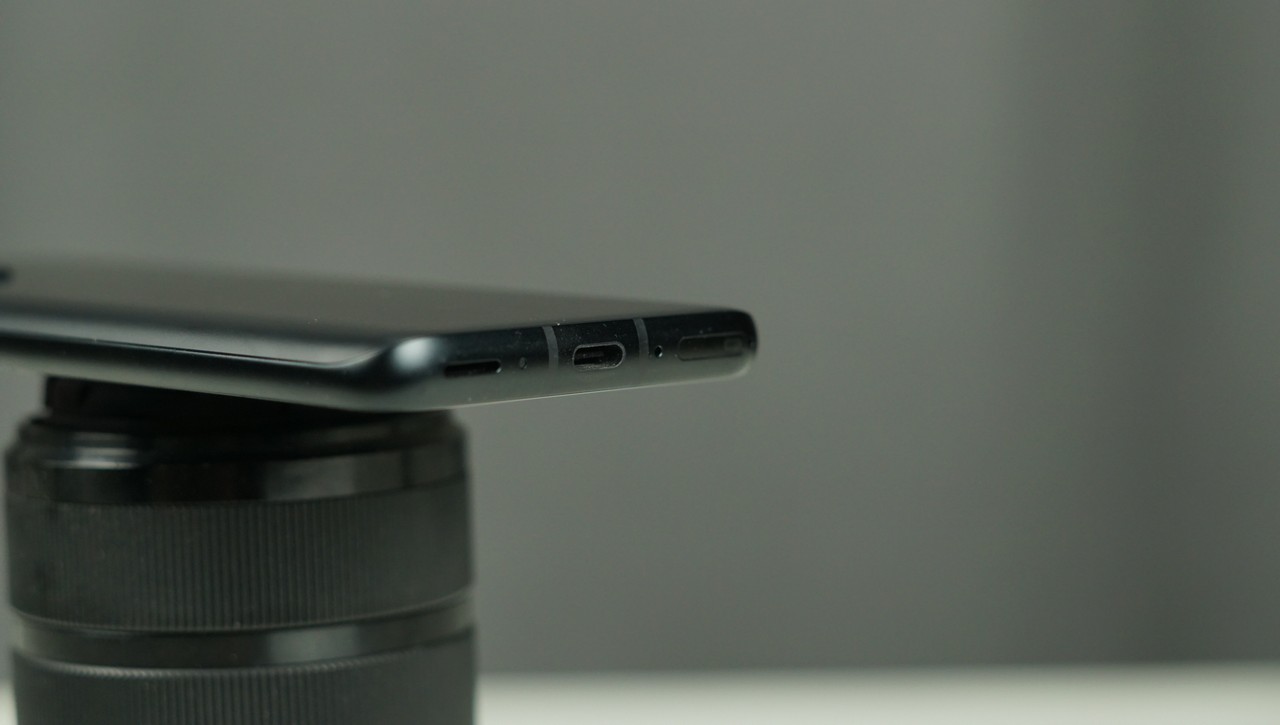
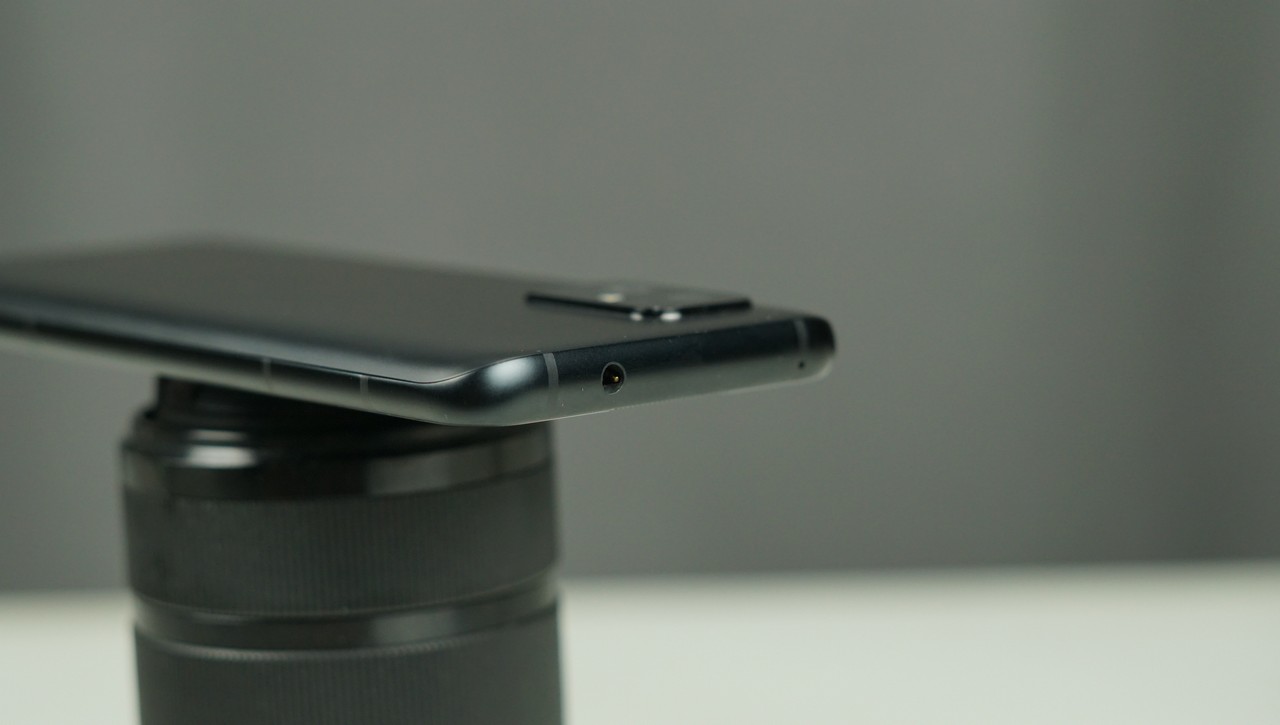
Unlike its bigger brother, the ZenFone 8 has an IP65/68 rating, which keeps it safe from water and dust while in use.
Despite having bigger than average hands, I really liked how compact the ZenFone 8 was. It doesn’t feel comically small in my hands – it’s actually the opposite. The ZenFone 8’s ergonomics was great, and I like the fact that I could (almost) reach the entirety of the screen without having to re-adjust my grip.
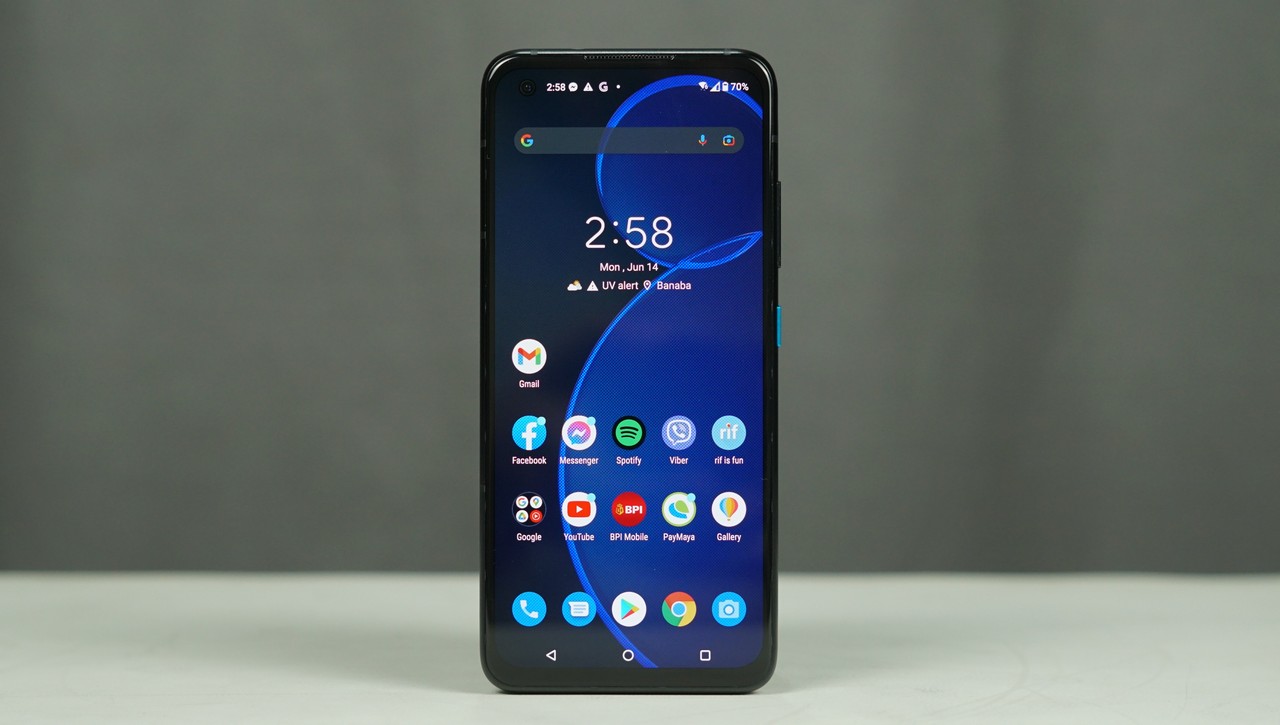
Display
The ZenFone 8’s 5.9-inch Super AMOLED panel is a smaller display than what’s offered by its competitors, but that it lacks in size it makes up for in sheer quality. The panel on the ZenFone 8 has a 120Hz refresh rate, HDR10+ capability as well as 700 nits of brightness, making it one of the nicest screens we’ve seen on a phone in a while. Aside from the 120Hz refresh rate, the ZenFone 8 also has a 240Hz touch sampling rate that should virtually eliminate input lag when it comes to playing games.
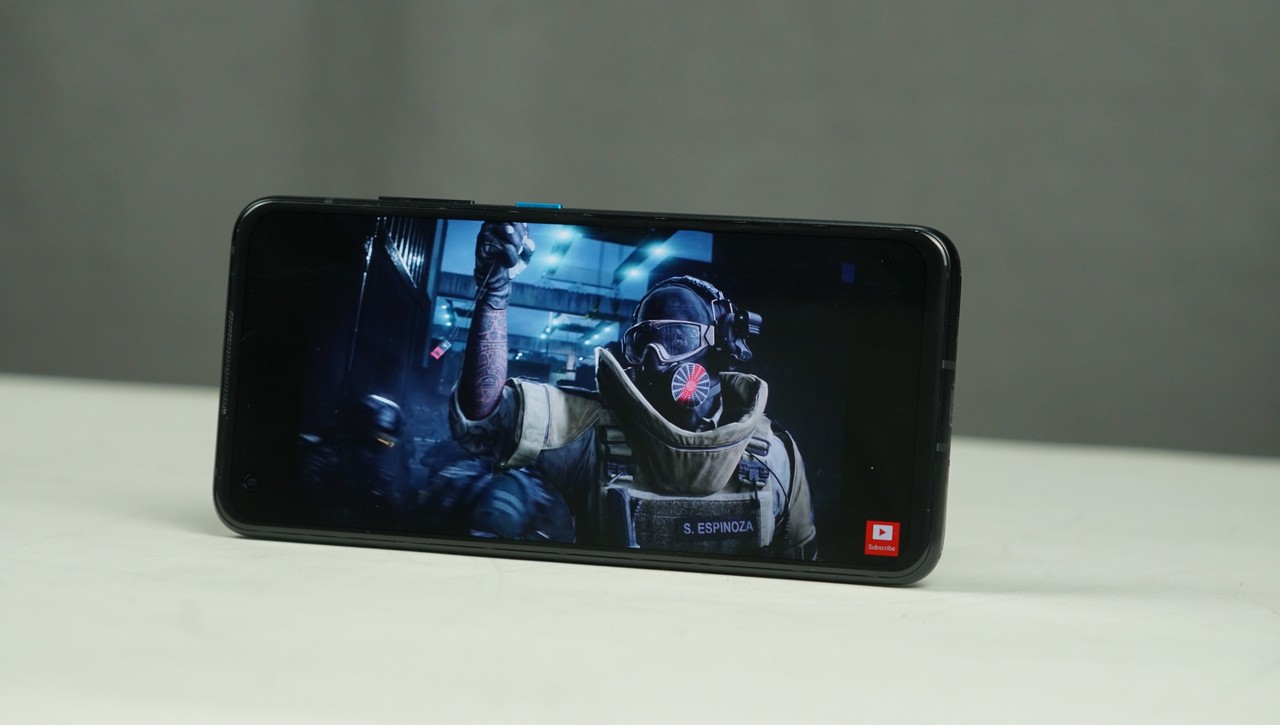
The display is protected by Corning’s Gorilla Glass Victus and has a small cutout on the upper left side for the 12-megapixel, f/2.5 selfie camera.
The quality of the display is very good, and the high maximum brightness means the panel is very easily seen even under direct sunlight. Images are sharp and colors are incredibly vibrant, and the 120Hz refresh rate makes everything feel incredibly smooth. One thing you might want to be aware of though is that keeping the phone in 120Hz is bound to drain your battery faster, though there are pre-set modes that you can select that adjust refresh rate as well as other factors in the phone to extend battery life.
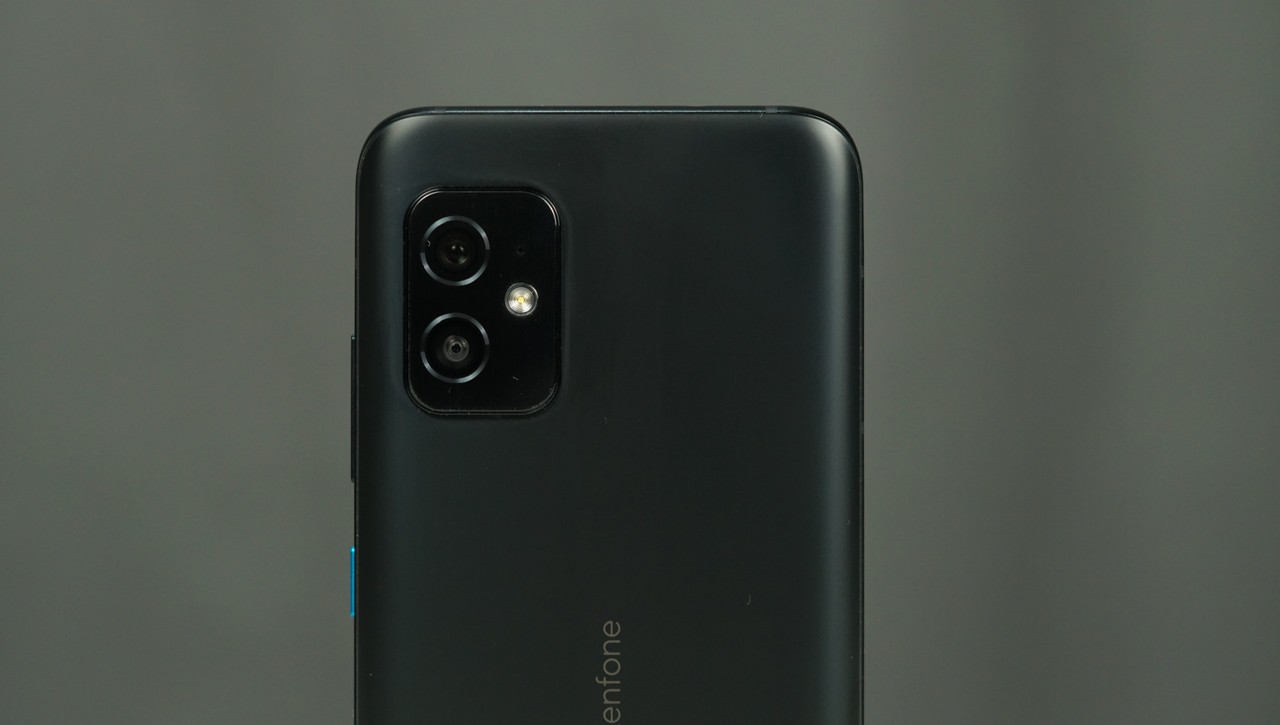
Camera
Speaking of cameras, the ZenFone 8 is one of the few flagships today that only sport two cameras on the back: a 64-megapixel camera with a Sony IMX686 sensor and f/1.8 aperture lens with PDAF, and a 12-megapixel ultra-wide camera with an f/2.2 aperture which doubles as the phone’s macro camera. To compensate for the loss of an optical zoom lens, the phone takes 2x zoom shots by cropping the 64-megapixel raw image.
More cameras aren’t always better, and I’m happy that ASUS went for the less is more approach to their camera setup for their smaller device. The loss of a dedicated zoom snapper or macro/B&W camera isn’t that big of a blow to the phone’s capabilities, as most people rarely use these cameras anyway. I’d rather have better fewer cameras if that meant better image quality VS more snappers that deliver mediocre snaps.
And make no mistake, the ZenFone 8 delivers really good snaps. Photos taken with the main shooter have plenty of detail, great color balance, and perform very well even with limited light. The shot of the wooden painting was taken inside St. James Of The Apostle In Paete, which had really dim lighting though you couldn’t tell from the detail resolved in the picture.
Performance
The ZenFone 8 might be small, but it’s as powerful as any flagship released in 2021. The phone comes with Qualcomm’s Snapdragon 888 processor and is available in two variants: 8GB/128GB and 16GB/256GB.
The performance of the Snapdragon 888 processor is pretty known by now since we’ve already reviewed so many phones in the past with this top-end chipset. All you need to know is that it’s pretty much overkill for any and all Android apps and games you’re going to encounter this year, which essentially future-proofs the ZenFone 8 (and any phone equipped with the SD 888 SoC).
The one drawback of having such a small footprint is battery capacity. The ZenFone 8 only has a 4000mAh capacity VS the almost standard 5000mAh that we usually see on bigger phones.
As a result, PCMark’s battery benchmark put the phone’s overall runtime at just 10 hours and 18 minutes. Take note that this result was taken with the screen running the 60Hz refresh rate – using the 120Hz option drops that battery life down to a mere 6 hours and 38 minutes. That’s still more than enough for a full day’s use, though you’ll be hurting for a charger at the end of a, particularly busy workday. #smallphone problems I guess.
The ZenFone 8 has niceties like fast charging, though it tops out at 30W. There are also no fast-charging capabilities here, which is a little disappointing.
Like most ASUS devices, the ZenFone 8 comes with their ZenUI interface laid on top of Android 11. ZenUI has evolved into an unobtrusive overlay the last time I used it on the ZenFone 5, though the real test will be software updates which have been the biggest sore point of the whole experience.
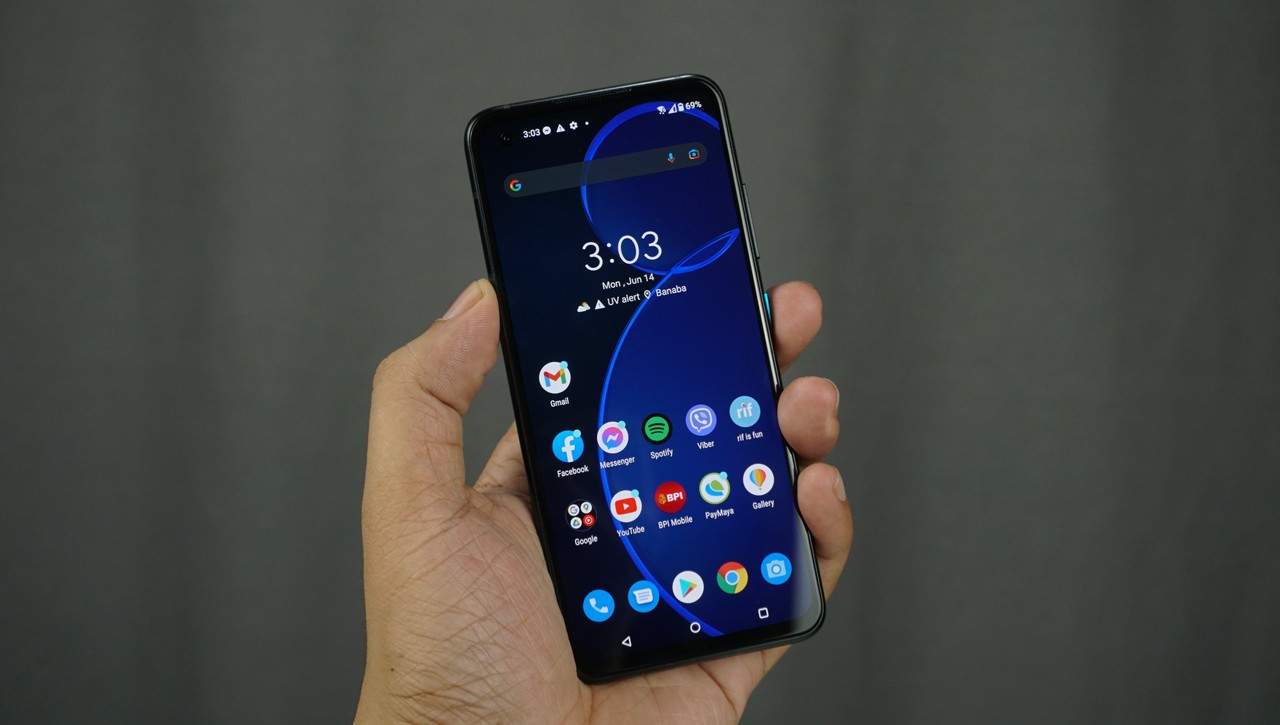
Wrap-up and verdict
There’s definitely a market for smaller, more compact flagships in the marketplace since not everyone is comfortable handling big phones. What I really like about the ZenFone 8 is that it doesn’t really compromise on performance to deliver that small phone experience. It’s also rather affordable too considering the price – making it a great device for anyone looking for a compact flagship that won’t break the bank.
ASUS ZenFone 8 Review Price Philippines
The ZenFone 8 is priced at a very attractive Php 34,995 for the 8GB/128GB variant and Php 39,995 for the 16GB/256GB variant.


